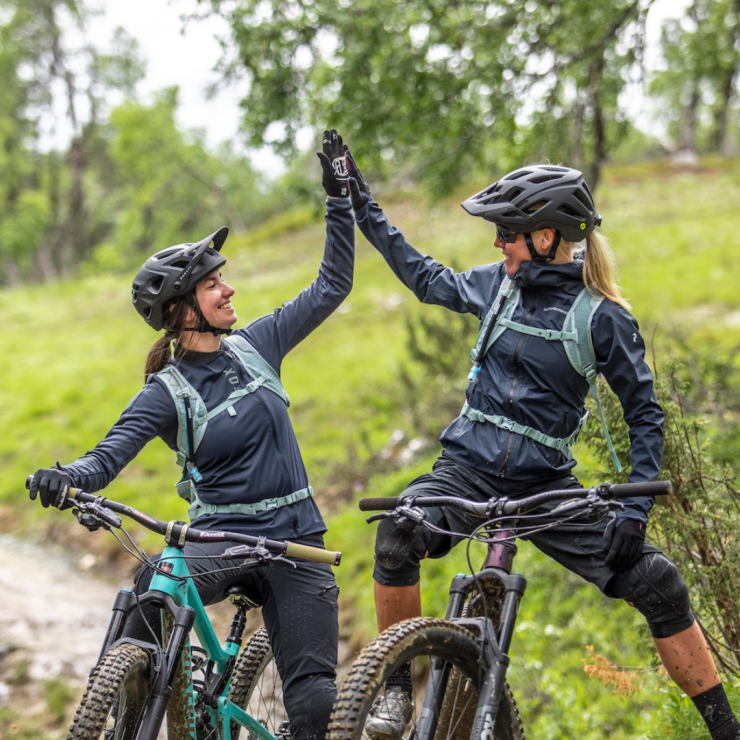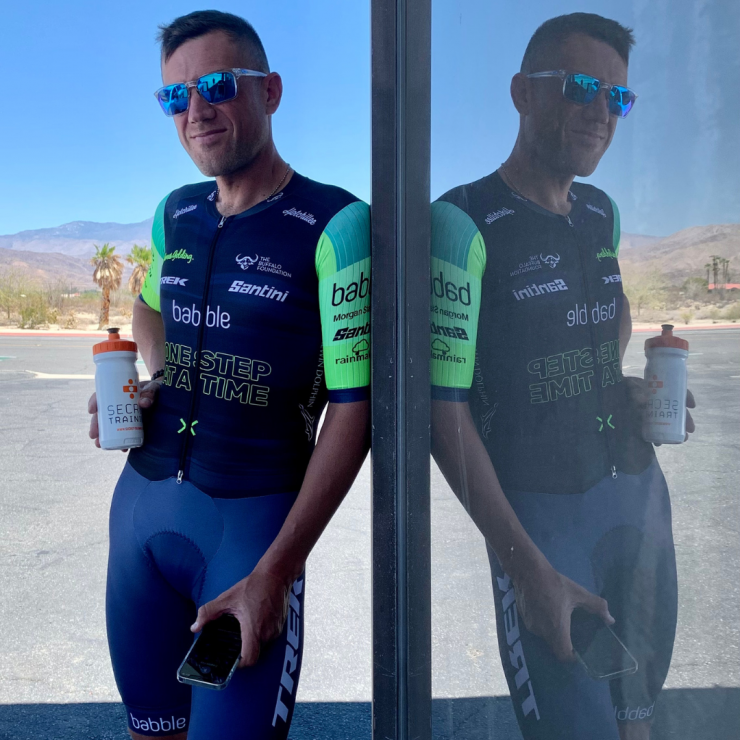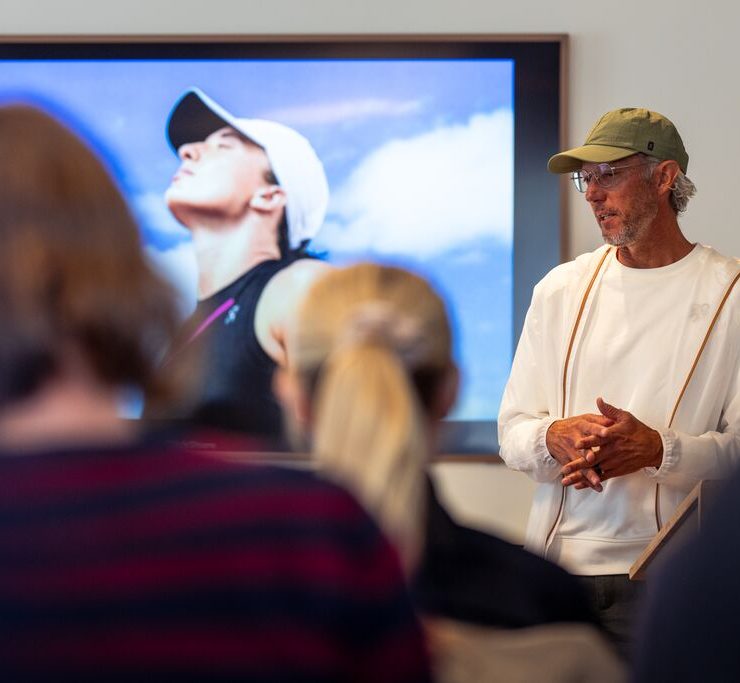Our latest blog looks at top tips for planning the perfect photo shoot. Where possible we would always recommend that you choose to do a shoot over buying stock imagery.
Benefits of a photoshoot over stock imagery:
• tailored/bespoke to your needs, brand and visual messaging
• style consistency across the images
• images can be used for any media and an indefinite amount of time (in perpetuity)
• Invariably the cost per image is cheaper
If a photo shoot is planned well, images can be used for multiple marketing activities and allow your company stand out from the crowd. A well planned one-day shoot can result in a great image library and those images can be utilised for your website, social media, newsletters, marketing collateral, digital comms, case studies and more. This means you really get great return on your investment and if you plan once a quarter for example, you start to build a really strong image library for use throughout an annual marketing calendar. In collaboration with Michael Blann, one of our associate photographers, we’ve put together some top tips to help you plan a successful shoot.
Budget/investment
Investing in a professional can seem like a costly and unnecessary expense but have faith that your investment will pay off in the long run. Getting the look and feel of your brand just right is especially important if you’re attempting to take your business/products to the next level.
We advise to allocate some budget each quarter to brand photography, this means you can pre-plan for forthcoming campaigns and helps build a strong image library over time.
Scope of project/pre-planning
Scoping the project – like all jobs it’s best to scope the project first with the photographer, agency and client so everyone understands the expectations. This is the opportunity to plan a shoot which meets the available budget and gives all parties an opportunity to input their thoughts. Topics that should be covered in this planning meeting include:
• Purpose of the shoot – build image library for company or series of staff portraits for example
• Are both video and stills required? If so how do they work alongside each other?
• Time required to complete the work
• Logistics such as location, models, hair and make-up, styling, props
• Photography style or look and feel
• Post-production (retouching)
Recce
It’s really important for the whole project team to recce the scene in advance of the shoot. This could be the location of an event, the venue that’s being photographed or the studio that’s being used for the shoot.
This provides a moment in time for everyone to focus and think about exactly what they want the images to be used for, to discuss the brand vision, style and guidelines, and to assess what exactly will be required to get the best shots on the day. It’s also provides a chance to do a quick risk assessment. Finally if the shoot is taking place outside it’s always worth agreeing a back-up date just in case the weather forecast affects the original shoot date.
A written brief
Following the recce, a detailed photography brief should be written and agreed by all involved. This will avoid any miscommunication and disagreements after the work has taken place.
The brief should include a summary of the brand guidelines and any specific brand styling guidelines, info on how the images will be used, any logistical info and a shot list of all the images that are required from the day.
You should also agree exact deliverables and a production timeline at this point, so the photographer knows what final edits are required, and by when. Also include the final edit process, what files will be sent to the client first and what will finally be delivered i.e. print/web resolution images.
It’s likely that this plan might need to be adapted on the day, but it really helps keep things on track when on location.
Shoot time-plan
A shoot time-plan is key to the smooth running of any shoot. This clear document needs to map out the day including start and finish times, refreshment breaks, venue details, travel and team contacts. If there are multiple areas being shot in one day, the plan needs to highlight the timings plus who is required in specific locations at specific times alongside the shot-list. Always have several copies of this document and make sure it is circulated a few days before the shoot so that everyone involved is aware of the plan and what is required of them.
The project manager
An allocated project manager for the day will also ensure things stay on track and that someone is accountable for working through the shot-list and keeping track of time. This person will be responsible for managing the client, the photographer and possibly an assistant and also any models. It’s really easy to lose track of time and focus on the day when there’s lots of variables and people involved. This person needs to be the task master, but allow some flex for creativity!
Models, props & styling
So often we find that clients are keen to use their own staff or contacts as models. Whilst this can work, we generally recommend against it (there’s also a difference between models and what people perceive as a “good looking colleague”). By selecting your own ‘models’ you invariably get less drop out, full control over the look and feel of the shoot and more shots done in a day as models know how to act and are fully committed to the day plus they often come with a good wardrobe too.
Styling your photos is important, not only does it ensure that there’s similarity and continuity between all your images but also that they look like they belong together and elevate the overall finished look.
When choosing props, consider their colour, shape, and size. The props should work well with the background and try and avoid any props with logos.
Using the right light
Using a photographer with professional equipment, including a range of decent lighting will make a huge difference to the final photography. This is the opportunity to create visually stunning imagery which sets you apart from your competitors. A good professional photographer will be able to craft the light and give excellent results for every scenario. Invariably they will also shoot into laptop allowing the client to view the images throughout the shoot which in turn allows input along the way.
Better to start early than finish late!
If you do only have one day to get a number of shots, start early. It always takes some time to set-up for each shot and you need to allocate time in for some tea breaks and lunch, so the team don’t get exhausted and lose motivation! There’s always likely to be an unforeseen issue that will need resolving on the go.
It’s worth considering booking overnight accommodation if the shoot is far away, then an early start is still possible and you will reap the return in the long run with more working hours in the day.
We find taking some snacks and water to any shoot always helps with maintaining energy levels and will help boost overall productivity.
Post-production
Always consider what post-production is required for the shoot. If a shoot is well planned with good models and styling, there tends to be less work required.
For video post-production, be very clear in advance on formats, sizing and what captions are required and if they need to be adapted for use on websites and/or different social platforms.
Less is more
If you’re spending budget on a professional photo shoot, it’s always tempting to try and get as many shots as you possibly can. Be careful of going for quantity over quality and by planning the shot-list carefully, just go for what’s essential for the next quarter of content or on a specific project basis.
It’s a wise investment to do these kind of shoots on a quarterly basis and then do any specific campaign or project shoots separately. This means you don’t try and squeeze too much into the day and each shot will get a lot more love!
We are big believers in the power for great photography and we’ve built relationships with fantastic partners over the years. We’ve also learnt a lot about best practice when it comes to photo shoots, so hopefully these tips will help you when you’re planning your next shoot. If you need any support, please don’t hesitate to get in touch.



















